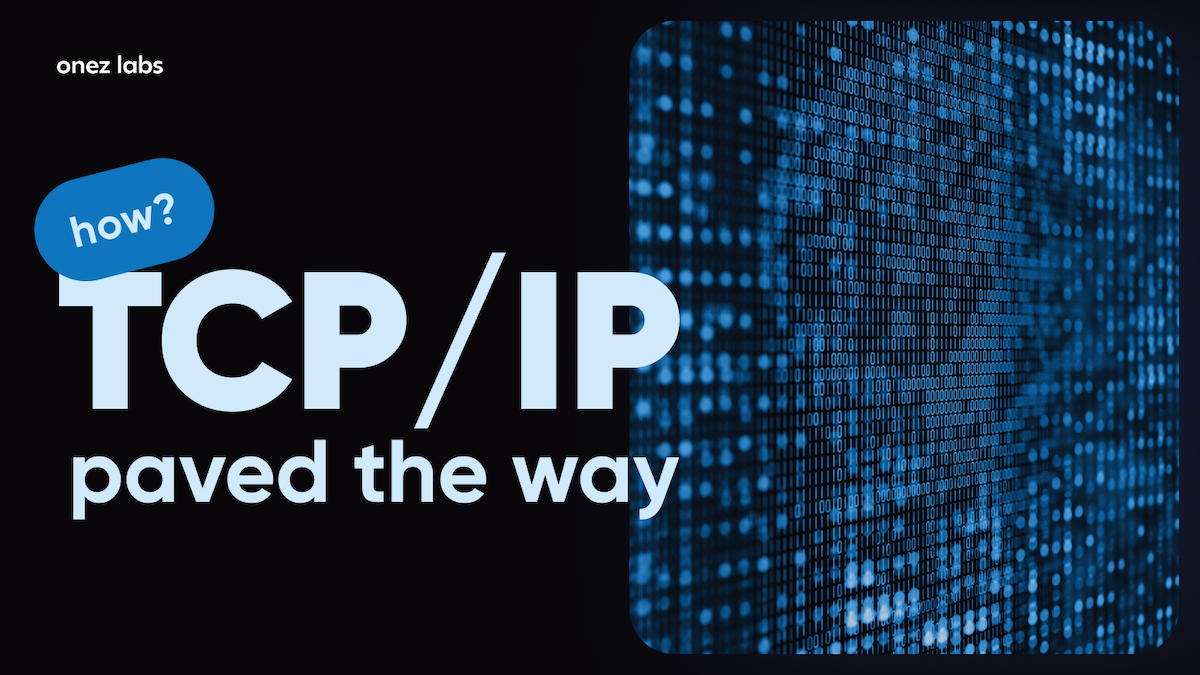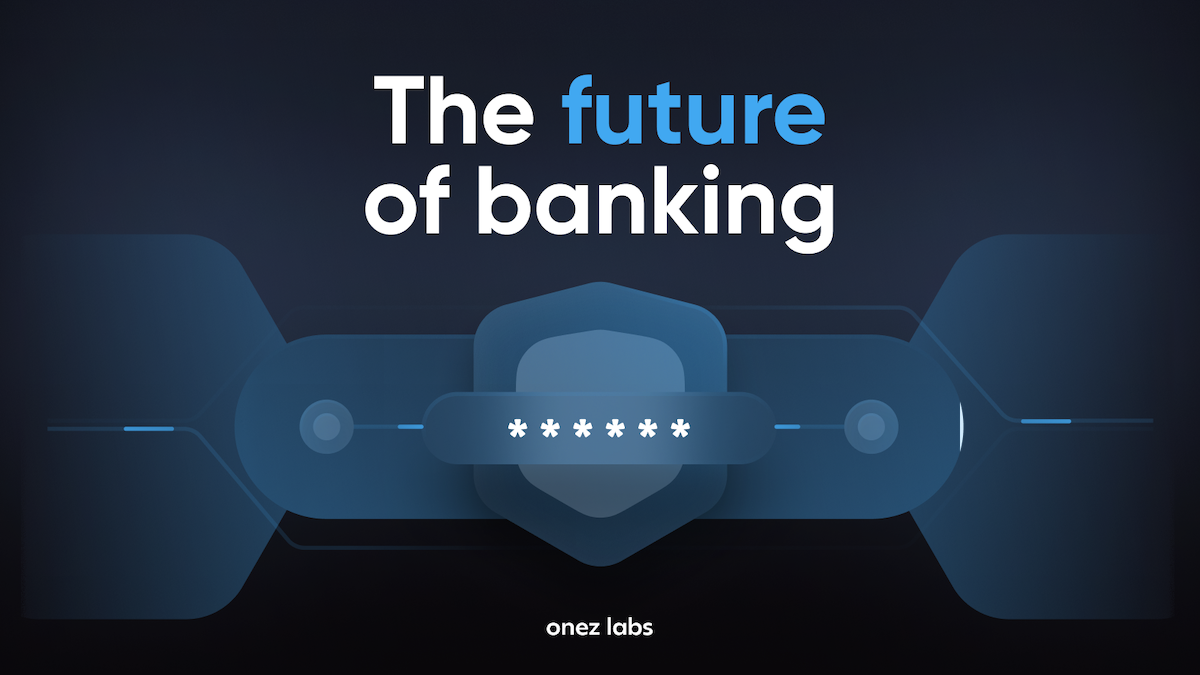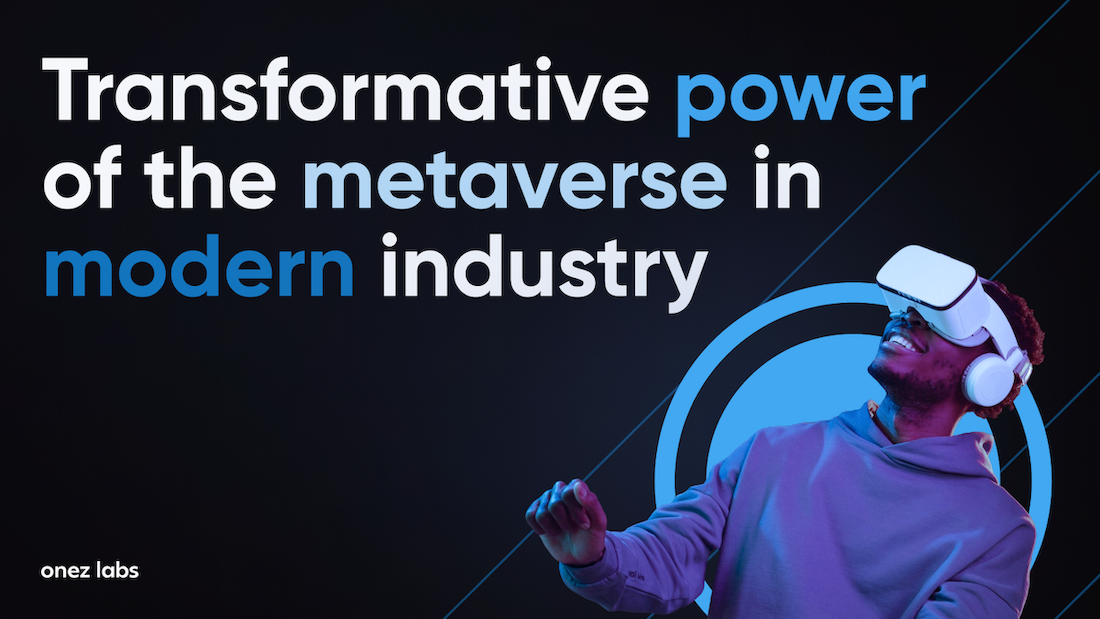Table of Contents
- What is Web3?
- How Does Web3 differ from Web2?
- Understanding decentralized applications
- The Web3 development process
- Summarizing main points
It was January 1, 1983, when the Internet Protocol Suite (TCP/IP) was officially adopted, marking the birth of the modern internet. Fast-forward to the 1990s, when the World Wide Web (www) Equalized access to information, forever changing how we communicate, access knowledge, and conduct business.
However, as the web continues to develop, concerns over data ownership, security, and centralization grew. This led to the Appearance of Web3 development, a Model shift aimed at reclaiming the internet’s original decentralized spirit. Web3 development today has transformed the way we think about the internet, it has brought decentralization, user control, and blockchain technology to the forefront.
But what exactly is Web3, and how does it differ from the Web2 we’ve grown accustomed to? Simply put, Web3 represents the next generation of the internet, where users regain control over their data and interactions.which is the best.
And these was because Web 3.0 relies heavily on artificial intelligence (AI), which lets the algorithm machines comprehend and interpret data more like humans. This will result in more vital applications and more individualized experiences.
To understand Web3’s capabilities, let’s look back at its predecessors. Web1, the first iteration, was a static, read-only web. Web2 introduced interactivity, social media, and user-generated content, but also brought concerns over data ownership and centralization. Web3 development addresses these issues by leveraging blockchain technology, smart contracts, peer-to-peer (P2P) networks, ai and machine learning.This allows decentralized applications (dApps) to operate independently, free from centralized control. The implications are profound: secure, transparent, and censorship-resistant interactions. you know, as Web3 development keeps pushing forward, its impact is only going to expand. We’re talking about a seismic shift that’ll touch every corner of our digital lives and industries, from finance to healthcare, education, and beyond.
You can imagine a world where decentralized technology empowers individuals, businesses, and communities to take control of their data, security, and interactions. That’s the promise of Web3.
As it continues to advance, we can expect:
- Industries being disrupted and transformed
- New business models and opportunities raising
- Fundamental changes in how we think about identity, ownership, and trust online
If you’re a tech enthusiast, junior developer, or business leader, understanding Web3 development is Necessary for Staying one step ahead. Web3 application development has the what it takes to disrupt traditional business models, and to creating new opportunities for innovation and growth. In this article, we’ll look into the ecosystem of Web3 development, exploring its benefits, challenges, and real-world applications. We’ll examine the differences between Web3 and Web2, discuss the role of blockchain development, and highlight the exciting possibilities coming in this space. Whether you’re looking to future-proof your skills or capitalize on Web3’s transformative potential, this article will provide a comprehensive introduction to the ecosystem of Web3 development.
Key takeaways
- Web3 Decentralization: Web3 empowers users to control their data and interactions, moving away from centralized systems.
- Blockchain Technology: Web3 leverages blockchain for secure, transparent, and censorship-resistant applications across various sectors.
- Smart Contracts & dApps: Decentralized applications (dApps) and smart contracts eliminate intermediaries, promoting trust and security.
- AI & Personalization: Web3 integrates AI for more personalized, human-like data interpretation and user experiences.
- Industry Disruption: Web3 is positioned to disrupt industries like finance, healthcare, and education, creating new business models and opportunities.
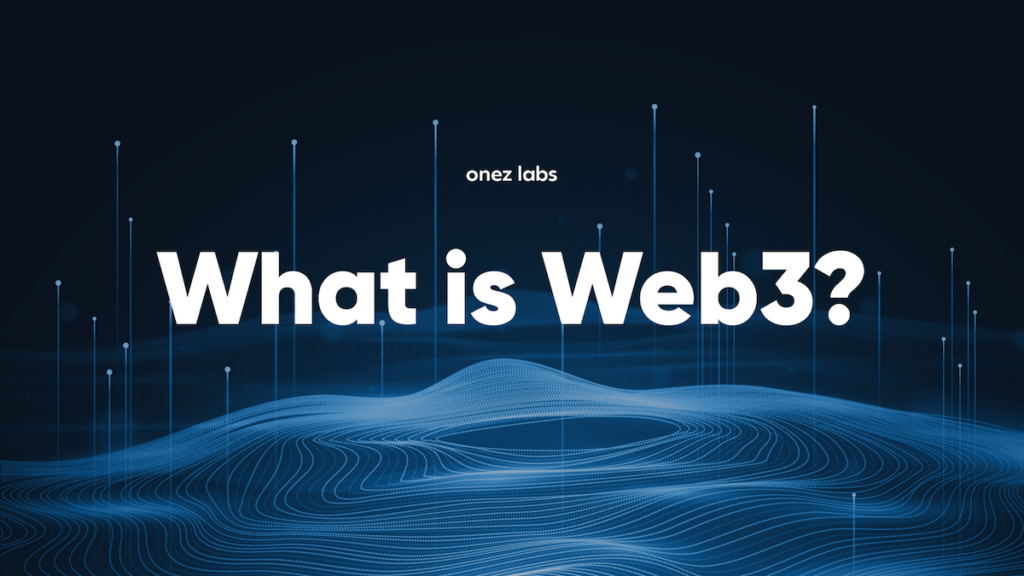
What is Web3?
So, what is Web3? Simply put, Web3 represents the next generation of the internet, built on blockchain technology, decentralized networks, and token-based economics. Web3 aims to reclaim the internet’s original decentralized spirit, allowing users to control their data, identity, and interactions. At its core, Web3 is a decentralized network of nodes, allowing peer-to-peer (P2P) communication and data exchange without Central authorities. This is achieved through decentralized applications (dApps), which operate on blockchain platforms like Ethereum, Polkadot, or Solana.
Web3’s decentralized nature ensures everything is secured, transparent, and censorship resistant. Here’s how it works: when you interact with a Web3 application, your data is stored on a distributed ledger (blockchain), rather than a centralized server. Smart contracts, self-executing contracts with the terms of the agreement written directly into code, facilitate transactions and maintain data integrity. Web3’s peer-to-peer networks enable direct communication between users, canceling the need for intermediaries. This Pattern shift has far-reaching implications, including enhanced data ownership, secure transactions, and innovative business models. Web3 applications reach various sectors, including finance (DeFi), gaming, social media, and supply chain management.
In traditional web applications (Web2), users typically surrender control over their personal data to companies. These companies then use, monetize, or sell this data, often without explicit user consent.
But Web3’s decentralized architecture brings maximum benefits by empowering users in many ways. Firstly, it allows users to own their data, giving them complete control over their personal information. Users can choose whether to share their data, with whom, and under what conditions. Additionally, there’s the option for users to monetize their data through decentralized data marketplaces, providing a revenue stream for those who wish to sell their information.
How Does Web3 differ from Web2?
As we know the internet has come a long way since its inception, and we’re now on the brink of its next transformation as usual. The shift from Web2 to Web3 represents a major evolution in how we engage online, tackling many of the shortcomings of its predecessor. Web3 development places a strong emphasis on security, transparency, and a user-first approach. But the question remains: what exactly sets Web3 apart from what we’ve been using?
The core difference lies in centralization versus decentralization. Web2 is dominated by companies controlling user data and interactions through intermediaries—often leading to concerns around data privacy, security, and censorship—Web3 takes a different path. By leveraging blockchain technology and peer-to-peer networks, To allow users retain ownership of their data and engage directly, without middleman. This Illustrates a noteworthy transition in the online space, facilitating a more secure, transparent, and user-led experience.
The key differences between Web2 and Web3 can be summarized as follows
| Characteristics | Web2 | Web3 |
|---|---|---|
| Data Control | Companies control user data | Users control their data |
| Architecture | Centralized | Decentralized |
| Security | Vulnerable to hacking and censorship | Secure, transparent, and censorship-resistant |
| Interactions | Mediated by intermediaries | Direct peer-to-peer interactions |
| Technology | Client-server model | Blockchain-enabled, distributed ledger |
| User Experience | Limited user control and customization | User-centric, flexible, and customizable |
Understanding decentralized applications
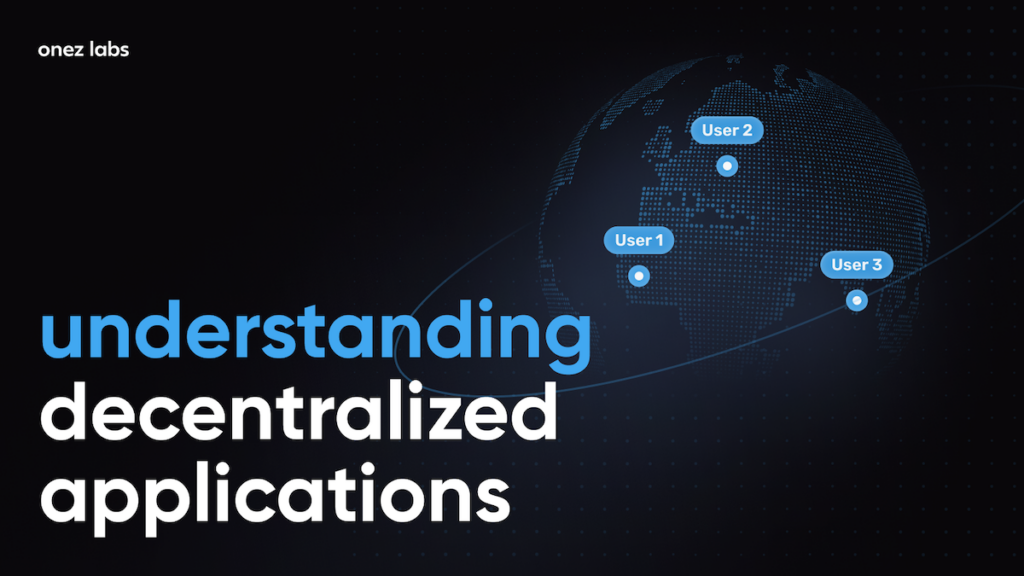
Decentralized applications, or dApps, are software programs that operate on blockchain networks,They give users secure, transparent, and censorship-resistant ways to do things online. Unlike regular apps, dApps aren’t controlled by just one person or company. This means they can do all sorts of new and exciting things that change the way we interact online.
So, how do dApps actually work? Well, they use blockchain technology and smart contracts to run. Smart contracts are ai contracts that follow specific rules all on their own, which keeps data safe and transactions secure. dApps use the blockchain’s distributed ledger to store data, making them really hard to hack. This whole decentralized setup allows people to interact online without needing any middlemen.
dApps have different functions across various areas:
- Finance (DeFi): Lending, borrowing, and trading platforms
- Gaming: Secure, transparent, and immersive experiences
- Social Media: Decentralized networks prioritizing user data ownership
The benefits of dApps are hefty:
- Security: Blockchain-based data storage protects against hacking
- Decentralization: No single entity controls user data or interactions
- Transparency: Open-source code and publicly visible transactions
Web3 application development focuses on creating innovative dApps, leveraging blockchain’s possibilities.
Some notable examples of dApps include:
- Uniswap (DeFi)
- Decentraland (Gaming)
- Mastodon (Social Media)
Decentralized applications represent a decisive shift in software development, giving users power and transforming industries.
The Web3 development process
Web3 development is all about creating decentralized applications (dApps) on blockchain networks to provide users with secure, transparent, and user-friendly experiences.
To excel in this field, you’ll need to have a unique set of skills. That will include understanding blockchain technology, being able to program in languages like Solidity and Rust for smart contracts, and being familiar with Web3 frameworks such as Truffle and Web3.js. It’s also important to be proficient in programming languages like JavaScript and Python.
The good news is that there are plenty of tools and frameworks available to help you on your Web3 development journey. Some popular examples include OpenZeppelin, ReatJS, Web3.js, Polkadot, and Solana. These resources can make your development process smoother and more efficient.
Here’s a table summarizing the step-by-step process for building a dApp:
| Step | Description |
|---|---|
| Step 1: Define Objectives | Identify the purpose and functionality of your dApp. |
| Step 2: Choose a Blockchain Platform | Select a blockchain platform (Ethereum, Polkadot, etc.) that meets your dApp’s needs. |
| Step 3: Write and Deploy Smart Contracts | Write smart contracts using languages like Solidity and deploy them on the chosen blockchain. |
| Step 4: Develop the Frontend | Use Web3 libraries (e.g., Web3.js, Ethers.js) to build a user-friendly interface. |
| Step 5: Test and Deploy | Test the dApp thoroughly and deploy it on the blockchain network. |
In addition Building a successful decentralized application (dApp) goes beyond the basics. To ensure a smooth launch and long-term success, developers must consider several factors.
First and foremost, security audits are prevalent. Since smart contracts are immutable once deployed, any vulnerabilities can be exploited by malicious actors, which can compromise the integrity of the entire dApp. That’s why thorough code audits by third-party specialists are important. These experts will help identify and fix potential security flaws before they can be exploited.
Another thing to put in consideration is scalability. Blockchain networks can become congested, This can lead to slow transaction speeds and exorbitant fees. To mitigate this, developers can integrate Layer 2 solutions, sidechains, or off-chain processing mechanisms. These solutions will reduce the load on the main blockchain, making sure the dApp perform efficiently even as user demand grows.
Lastly, user experience optimization is Fundamental. A well-designed interface can make all the difference in encouraging broader adoption, especially among non-technical users. This means minimizing friction in wallet integration, simplifying transaction processes, and making sure seamless interactions between the front end and the blockchain.
By addressing these key considerations, developers can impact their dApp’s performance, security, and user experience. Putting users first, they can build a loyal following, drive long-term growth, and establish a lasting presence in the decentralized ecosystem.
To succeed in Web3 application development, developers must combine attention to detail with in-depth knowledge of blockchain technology. The following resources offer a comprehensive foundation:
- Ethereum Developer Tutorials
- Truffle Suite Documentation
- Web3.js Documentation
- Blockchain Council Courses
Summarizing main points
As we conclude our comprehensive exploration of Web3, it is evident that this technology is positioned to revolutionize the internet. It’s development is redefining the digital ecosystem, offering a new era of decentralization, security, and transparency. By understanding the fundamental principles of Web3, we can create a safer, more equitable internet, built around us.
Through this comprehensive exploration, we’ve uncovered the complexities of decentralized applications (dApps), blockchain, and smart contracts. We’ve systematically compared Web2 and Web3 and outlined the step-by-step process for building dApps. Armed with this knowledge, individuals, organizations, and industries can confidently join this web3 movement.
The implications of Web3 are many, with potential applications in different areas, including finance, healthcare, education, and governance. As Web3 continues to mature, we can expect huge advancements in areas such as:
- Decentralized finance (DeFi)
- Non-fungible tokens (NFTs)
- Decentralized autonomous organizations (DAOs)
- Blockchain-based supply chain management
Whether Web 3.0 will be successful or not needs to be seen. But one thing most analysts agree is that the demand for data security will be of prime importance. It follows that there would be a great need for security specialists and security-related systems. Also the demand for blockchain developers will increase.
Whether you are a developer, entrepreneur, innovator, or just someone who’s curious, Web3 offers amazing opportunities for growth, innovation, and present opportunities. But as we continue moving into this new era, it’s important to acknowledge the necessary challenges and roadblocks that come with Web3 development.
To tackle these challenges head-on, it’s important to encourage collaboration, share knowledge, and keep pushing the boundaries of innovation. By working together, we can ensure that Web3 reaches its full potential and we can create a digital environment that’s fair, secure, and transparent,
FAQ
What is Web3?
Web3 is the next generation of the internet, where users have control over their data, identity, and interactions. It’s decentralized, secure, and transparent.
Will web3 ever go mainstream?
Web3 has the potential to go mainstream due to growing demand for data ownership, increasing blockchain adoption, and improving user experiences. Major tech companies like Meta and Google are already exploring Web3, while venture capital investment in Web3 startups is on the rise.
Who developed web3?
Web3 was created by a group of people and organizations. Key contributors include Tim Berners-Lee, Gavin Wood (Ethereum co-founder), and Juan Benet (Protocol Labs founder). Many others have also helped develop Web3, making it a collaborative effort.
How can web3 make money?
Web3 offers various ways to make money. Through Decentralized Finance (DeFi), individuals can lend, borrow, or trade cryptocurrencies, earning interest or returns. Non-Fungible Tokens (NFTs) enable creators to buy, sell, or create unique digital assets like art or collectibles.
Are web3 domains worth it?
Web3 domains, or blockchain domains, offer both benefits and drawbacks. On the plus side, they provide ownership and control, censorship resistance, and enhanced security through cryptography. Additionally, they integrate seamlessly with decentralized applications and services.
